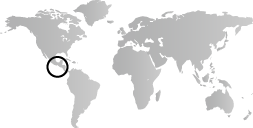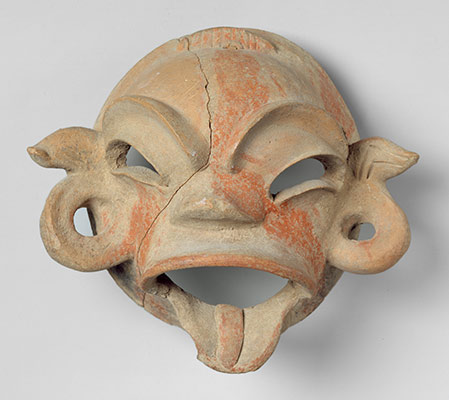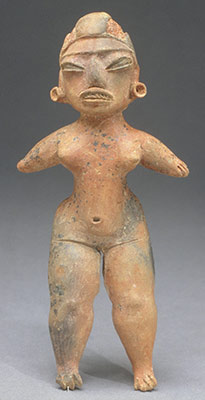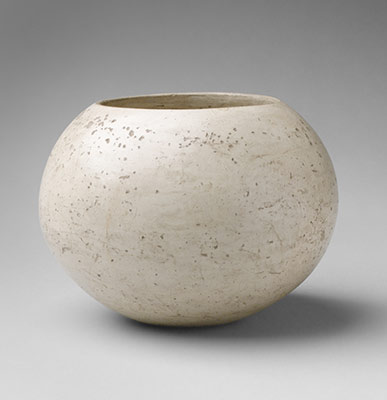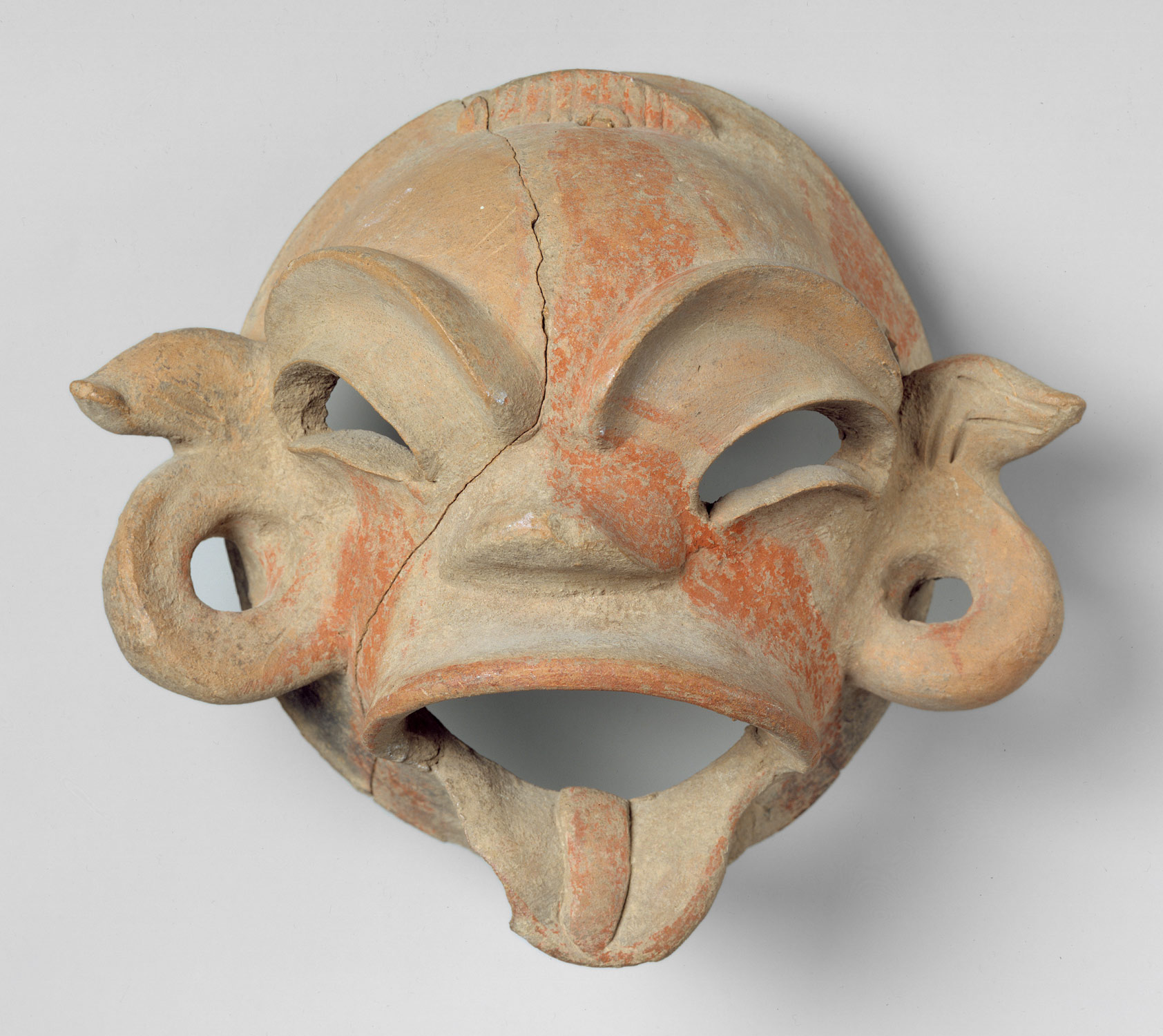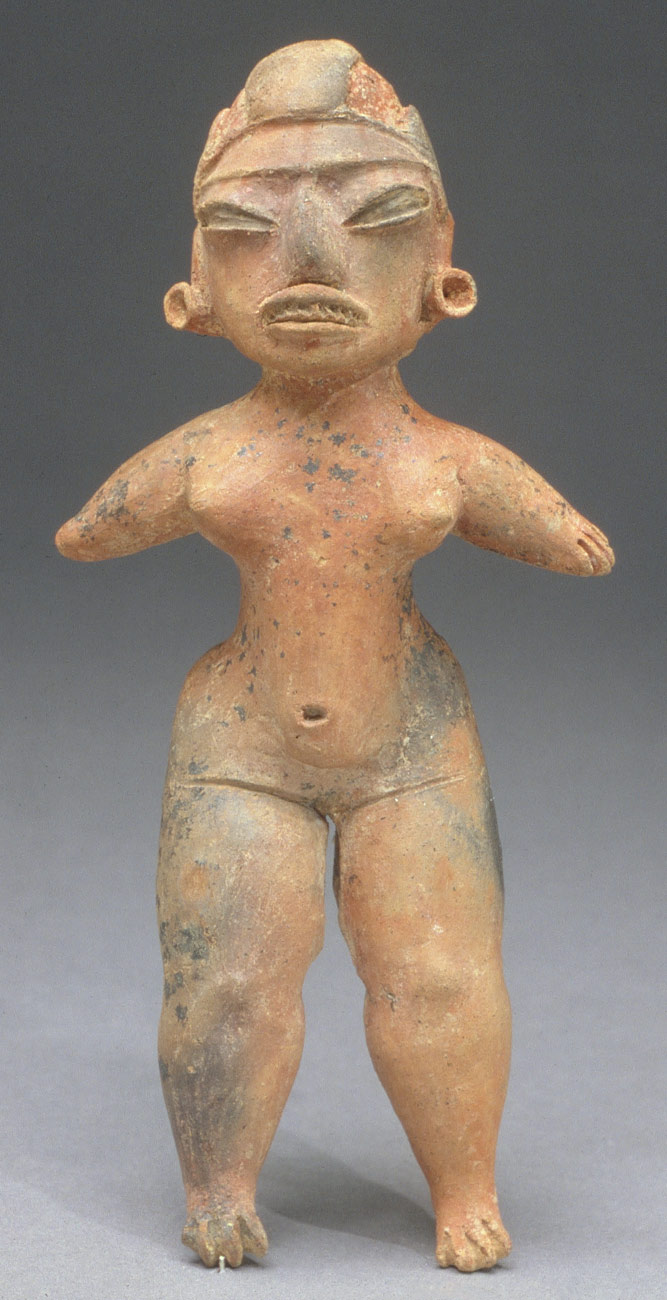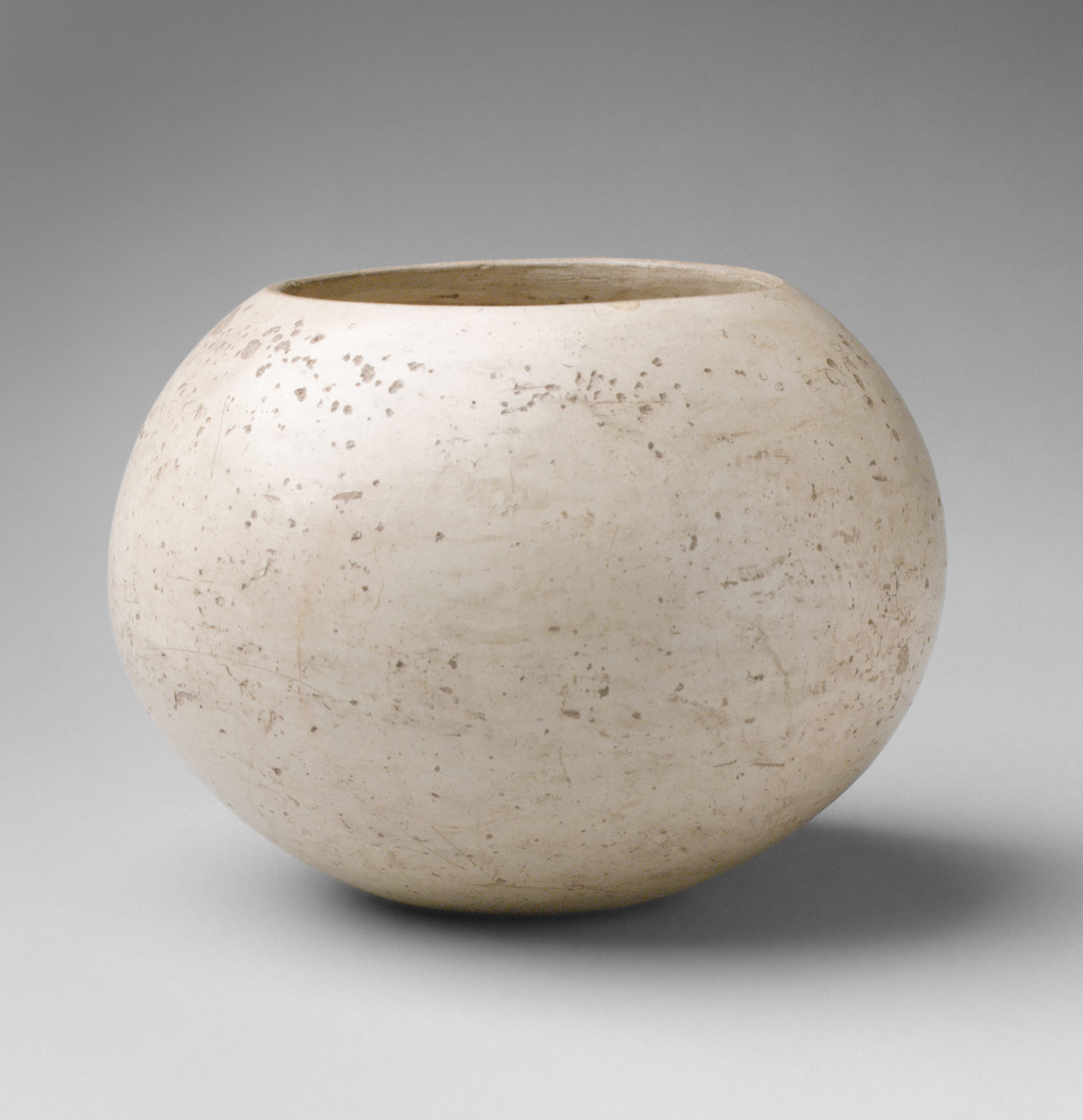The hunter-gatherer lifestyle gives way almost completely to sedentary agriculture. Villages around the Basin of Mexico and the Soconusco region of coastal Guatemala establish trade routes, and social organization becomes increasingly complex. Rapid development of the Olmec site of San Lorenzo, Veracruz, after 1200 B.C., includes massive basalt sculptures. An iconographic system with its roots in the Gulf Coast spreads across Mesoamerica, as evidenced in the ceramics of central Mexico and in monumental sculpture and carvings as far south as Honduras and El Salvador.
Mesoamerica and Central America, 2000–1000 B.C.
Timeline
2000 B.C.
1750 B.C.
MESOAMERICA
CENTRAL AMERICA
1750 B.C.
1500 B.C.
MESOAMERICA
CENTRAL AMERICA
1500 B.C.
1250 B.C.
MESOAMERICA
CENTRAL AMERICA
1250 B.C.
1000 B.C.
MESOAMERICA
CENTRAL AMERICA
Overview
Key Events
-
ca. 1800 B.C.
Sedentary village life is widespread and pottery is abundant.
-
ca. 1600 B.C.
Villages along the Coatzacoalcos River drainage on the Gulf of Mexico flourish based on abundant riverine resources and fertile soils.
-
ca. 1600 B.C.
Established villages expand in the Soconusco region of the Pacific coastal plain of Guatemala and Chiapas (Mexico).
-
ca. 1400 B.C.
Luxury goods such as ceramic figurines, stone bowls, and greenstone beads are placed in burials in villages of the Soconusco region.
-
ca. 1400 B.C.
The people of San Lorenzo modify the form of the natural plateau upon which the center is built. Rising above the Coatzacoalcos River drainage in southern Veracruz, the plateau becomes home to the dominant city of the coastal lowlands, the impressive capital of an innovative people now known as the Olmec.
-
ca. 1400 B.C.
Highland villages in central Mexico produce numerous sophisticated works of ceramic, notably small, detailed female figurines. Certain villages, such as Tlatilco and Tlapacoya in the Basin of Mexico and Las Bocas in western Puebla, begin to establish precedence over their neighbors.
-
ca. 1400 B.C.
A ground and polished greenstone celt—a tear-shaped ax or adze—is placed as a dedicatory offering below a large residential mound at Paso de la Amada, a major village in the highlands of Chiapas. Ground stone celts are used as agricultural tools throughout much of Mesoamerica. They take on a revered, symbolic role, thought to be based on their primary function as tools.
-
ca. 1350 B.C.
The first public building in the Valley of Oaxaca is constructed at the major regional center of San José Mogote. It is a stuccoed wattle-and-daub structure built on a platform-like foundation.
-
ca. 1250 B.C.
At San Lorenzo, ceramics of distinctive white, gray, and black surfaces are produced, often the result of specialized firing techniques. These colors come to be identified with Olmec ceramics, as do certain design motifs, wherever they are found.
-
ca. 1200 B.C.
The beginning of the period known archaeologically as the Middle Formative, one of particularly significant development in Mesoamerica.
-
ca. 1200 B.C.
Within the precincts of the Red Palace, a large earthen and wood structure with red-stained sand floors and pigmented walls, the Olmec of San Lorenzo control raw materials and the production of stone sculpture. Volcanic stone, a rare commodity imported into the floodplains of the Gulf Coast from the distant Tuxtla Mountains, is used and reused for large, unprecedented three-dimensional sculpture, including multi-ton stone heads.
-
ca. 1050 B.C.
Olmec stylistic traits are present in ceramics and greenstone figurine fragments in the Soconusco region of the Pacific coast.
Citation
“Mesoamerica and Central America, 2000–1000 B.C.” In Heilbrunn Timeline of Art History. New York: The Metropolitan Museum of Art, 2000–. http://www.metmuseum.org/toah/ht/?period=03®ion=ca (October 2000)
Related
Map
